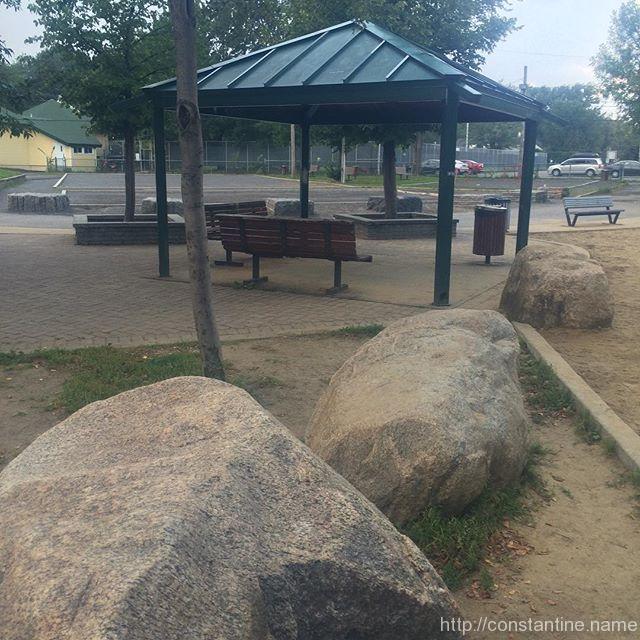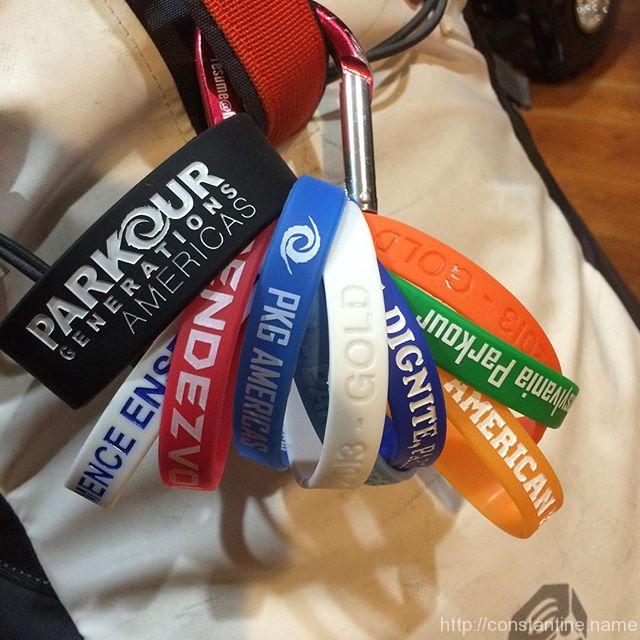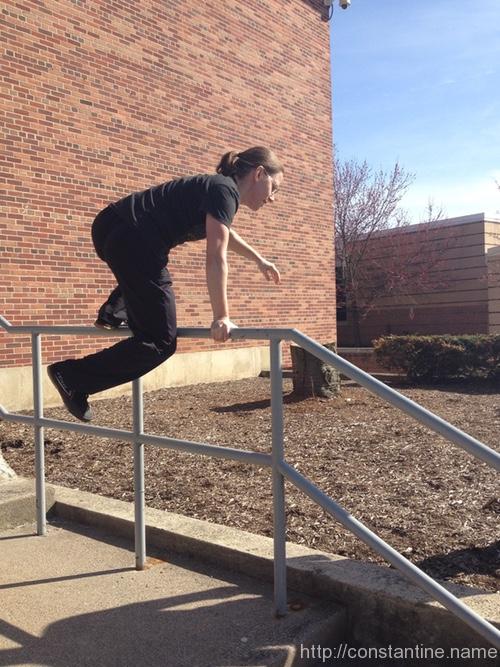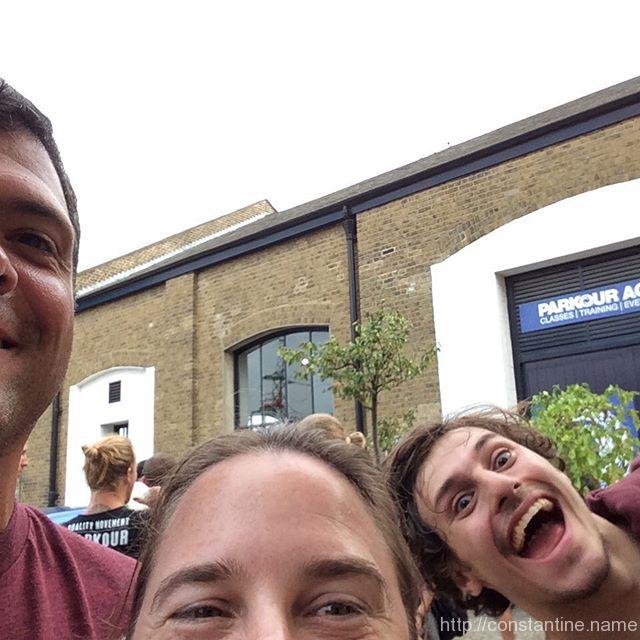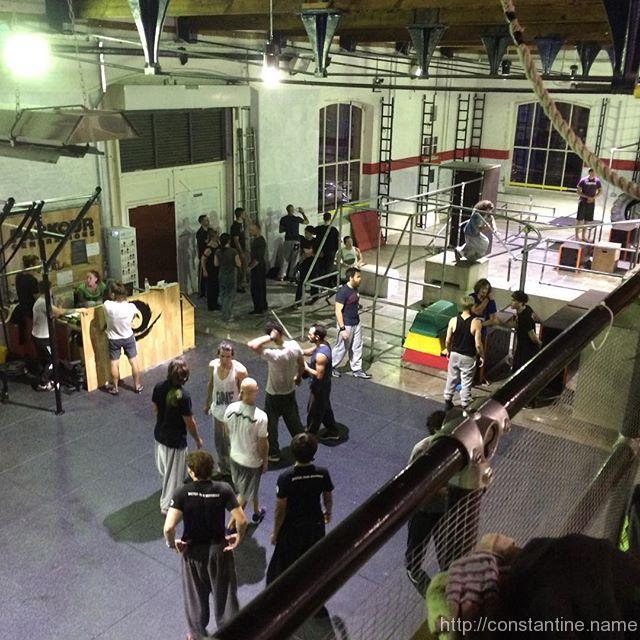Today (Friday, Sept 25) was day number 66, and without realizing it, I did pushup number 999.
Way back in June, I read about someone who was going to “celebrate” their 30th birthday with a year-long challenge: They were going to try to complete 30,000 pushups in one year.
That would be 82.19 pushups per day, every day. (81.97 if it’s a leap year.) That’s crazy. That’s crazy like repetitive-stress-injury crazy. Especially since their point was that they were out of shape and wanted to get into shape.
Celebrate: n., to torture oneself?
I chuckled, and sipped my coffee. But the wheels were turning. With my 44th birthday approaching, I briefly considered 44,000 as a goal. Briefly. Very briefly. But then I was thinking: …well, I can do 10 pushups, easy. So doing just 30 per day wouldn’t be too crazy, and that should get me to about 10,000 in a year. (Calculator’ing happens.) Actually, about 27 pushups per day would get me to a nice round 10k in a year.
And over the next few weeks the idea grew.
It seemed clear that completing 10,000 pushups would be eminently possible without injury. Maybe I should try doing 10,000 repetitions of something I currently suck at? That would force me to get from “I can do zero of these,” to a competent 30-or-so per day. This started to sound more interesting and useful. It would be like a race, but a long-term race with me pitted against the calendar.
(It also fits very well with my Oath.)
Eventually I settled on five exercises which would be a serious challenge, AND would yield major improvements:
1. pushups
2. squats
3. pullups
4. bar-to-bar precisions
5. handstands (10k seconds in a handstand)
I’m not going to describe the exercises in detail. I’m not going to brag about how great I’ve gotten at them. (Which is, “not very.” But I’m still working on them.)
I decided up front that I would do whatever it took to reach the goal. To me, that means, doing enough to get stronger, but not hurting myself. It means continuously thinking about the form of the exercise and striving to do them well. But I do NOT fixate on perfection. Build it. Refine it. Lather. Rinse. Repeat.
What I really want to share is HOW MUCH FUN THIS IS!
Every time I do one of the exercises I am acutely aware of how much I’ve improved. Early on, I had little variations to everything to make it possible; I’d do 3 crappy, negative versions of a pull-up (climb up, and fight the fall for as long as possible) and happily mark “3” completed in my spreadsheet. Now I do sets of three reasonably good pull-ups and I think, “boo-YEAH! Pull-ups! Who’s ‘da man?!” I can’t wait to see what it’s like to crank out a clean set of 10 in a row.
Did you say spreadsheet?
Yes I did. Of course I went to the trouble of making a full-geek spreadsheet. It has a row for all 365 days. I enter the reps completed and it has columns for the cumulative number completed, the number remaining to reach the goal, and it does the math to tell me the rate-per-day that I’d have to continue at to reach the goal. (So if I do 10 pull-ups and it says the required rate is 27 per day, I know I’m digging a hole. If I do 40 pushups and it says the rate is 30, I know I just banked 10 for a day off.)
Well, here’s what day 66 looks like. I entered 42 under pushups and 999 popped out. What a neat surprise! :D
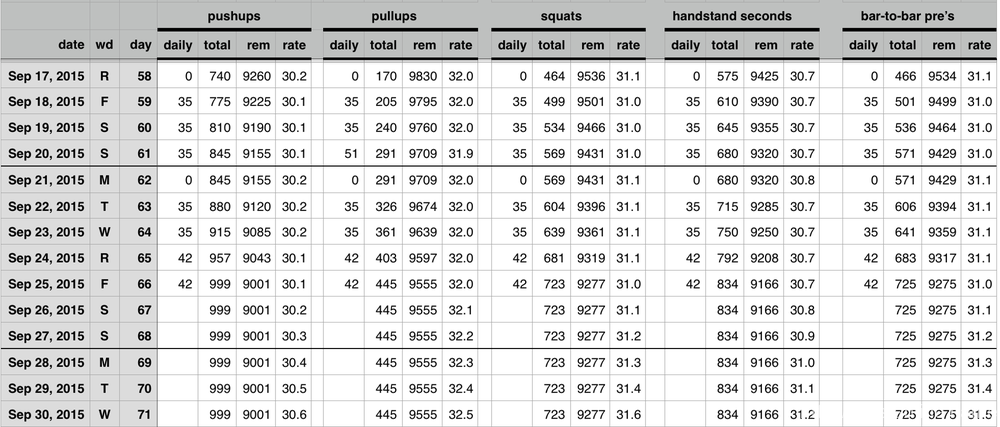
ɕ


